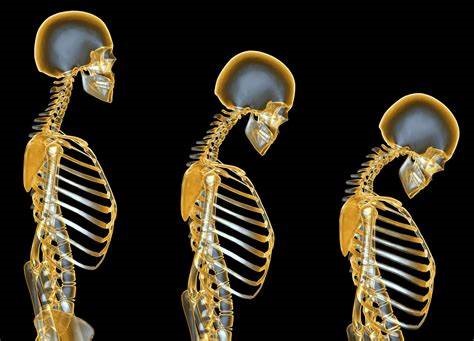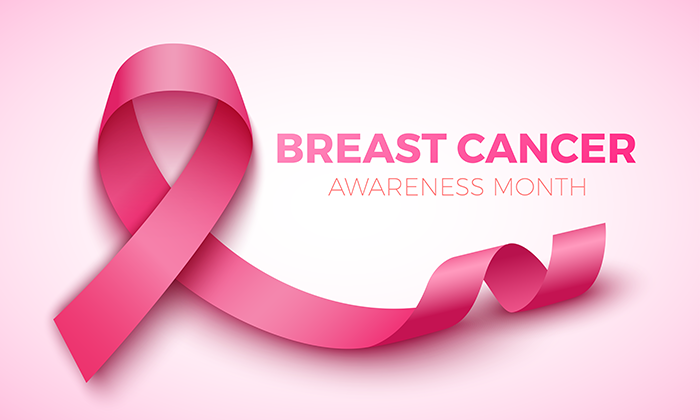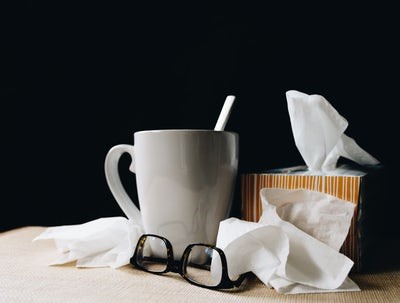Disease Prevention Articles
In the News Osteoporosis Warning Signs
Osteoporosis is one of the most common ailments of adults over the age of 50 and it is a problem that people do not want to live with. Weak bones lead to fractures and many other scary problems that could leave you disabled.
Before turning into full-blown osteoporosis, osteopenia – the process of thinning bones - precedes the ailment. There are some warning signs to look for to determine if your bones are in fact thinning.

Here are nine warning signs for osteoporosis:
Warning Sign #1 - You have had more than one fracture in the past two years or a fracture that seemed severe considering the circumstances.
Warning Sign #2 – You are naturally a small or thin person.
Warning Sign #3 – You have an autoimmune condition that causes you to take prednisone or another corticosteroid.
Warning Sign #4 – You are a smoker and have been throughout your adult life.
Warning Sign #5 – You drink more than two alcoholic beverages a day.
Warning Sign #6 – You do not drink milk, or you have a lactose intolerance that prevents you from drinking milk.
Warning Sign #7 – You have an eating disorder.
Warning Sign #8 – You are an Asian or Caucasian female over the age of 50.
Warning Sign #9 – You have a family member who had osteoporosis before the age of 50 or before menopause.
In the News Breast Cancer Awareness Month
Cancer is the most feared disease in the world and the worst feared word in the English language… and rightfully so. Every day we hear stories of cancer – both of people who have lost their battle, people who are battling or people who have survived.

October is Breast Cancer Awareness Month and because it is one of the most common cancers in the United States we offer these facts, symptoms, signs, possible causes and ways that you can decrease your risk of having breast cancer.
BREAST CANCER FACTS:
- One in eight women will be diagnosed with breast cancer in their lifetime.
- Breast cancer is the second leading cause of death among women.
- Each year it is estimated that more than 220,00 women in the United States will be diagnosed with breast cancer and more than 40,000 will die.
BREAST CANCER SIGNS AND SYMPTOMS:
- A lump in the breast or thickening that feels different than regular tissue.
- Discharge from the nipple.
- Change in size or shape of your breast.
- Changes to the skin of the breast, including dimpling.
- Redness of the skin of the breast.
RISKS:
- Being female.
- Increasing age.
- A personal history of breast cancer.
- A family history of breast cancer.
- Inherited genes that cause breast cancer.
- Radiation exposure.
- Obesity.
- Beginning your period at a young age.
- Beginning menopause at an older age.
- Drinking alcohol.
- Having children later in life or not at all.
Arthritis 101: Stress Management for Rhematoid Sufferers
Rheumatoid arthritis is a debilitating disease for many people. While stress can make the condition much worse for some people, rheumatoid arthritis can also create lots of stress for you as well.

Stress can cause the release of chemicals in your body that will trigger inflammation and pain, therefore making the symptoms of rheumatoid arthritis increased. To de-stress and help alleviate the pain and inflammation caused by rheumatoid arthritis, here are some ways to cut some stress out of your life:
- Exercise
- Breathe deeply
- Talk out the things that are bothering you
- Get organized
- Embrace the outdoors
- Enjoy life
In the News Prepare Yourself for Flu and Cold Season
Now that the kids are back in school and the weather is starting to change, it’s time to start worrying about the cold and flu season. But this year your worrying can be less if you take the following dos and don’ts into consideration and protect your family and yourself.

Do use hand sanitizer. Always carry a pocket-size hand sanitizer with you and use it generously whenever you are in public places. Germs are everywhere and on everything and by using hand sanitizer you are protecting yourself from bringing home these flu viruses.
Do wash your hands frequently. It may seem like the simplest thing to do but be sure that you are washing your hands frequently with warm water and soap, and for at least 15 to 20 seconds. Teachers are now telling students to sing the ABC’s or Happy Birthday to themselves while they are washing their hands to be sure you are washing for a full 15 to 20 seconds.
Do sneeze into the crook of your elbow. By sneezing into your elbow, you are avoiding transmitting flu viruses to your hands and will keep you from passing the virus to others. It may seem socially awkward at first, but soon you will see more and more people doing this when they sneeze.
Don’t shake hands. To keep from transmitting germs, avoid shaking hands with people when you greet them. Try a head nod, waving or smiling instead to greet someone. If you can’t avoid shaking someone’s hand, then be sure to use your hand sanitizer following the hand shake.
Don’t use someone else’s phone or computer mouse. Phones and computers harbor some pretty heinous germs for hours. Avoid sharing someone else’s phone or computer mouse if possible. If you do have to use someone else’s phone or computer wipe it down with an alcohol swab prior to using it.

